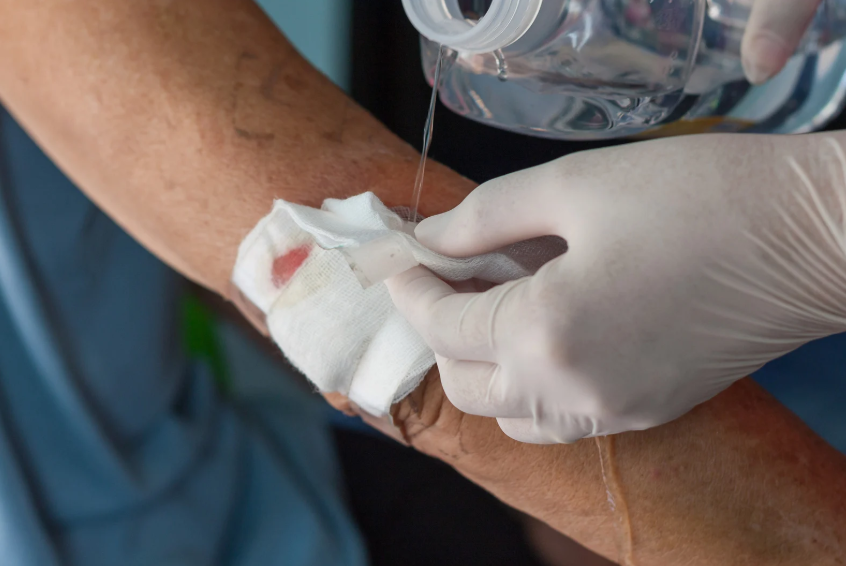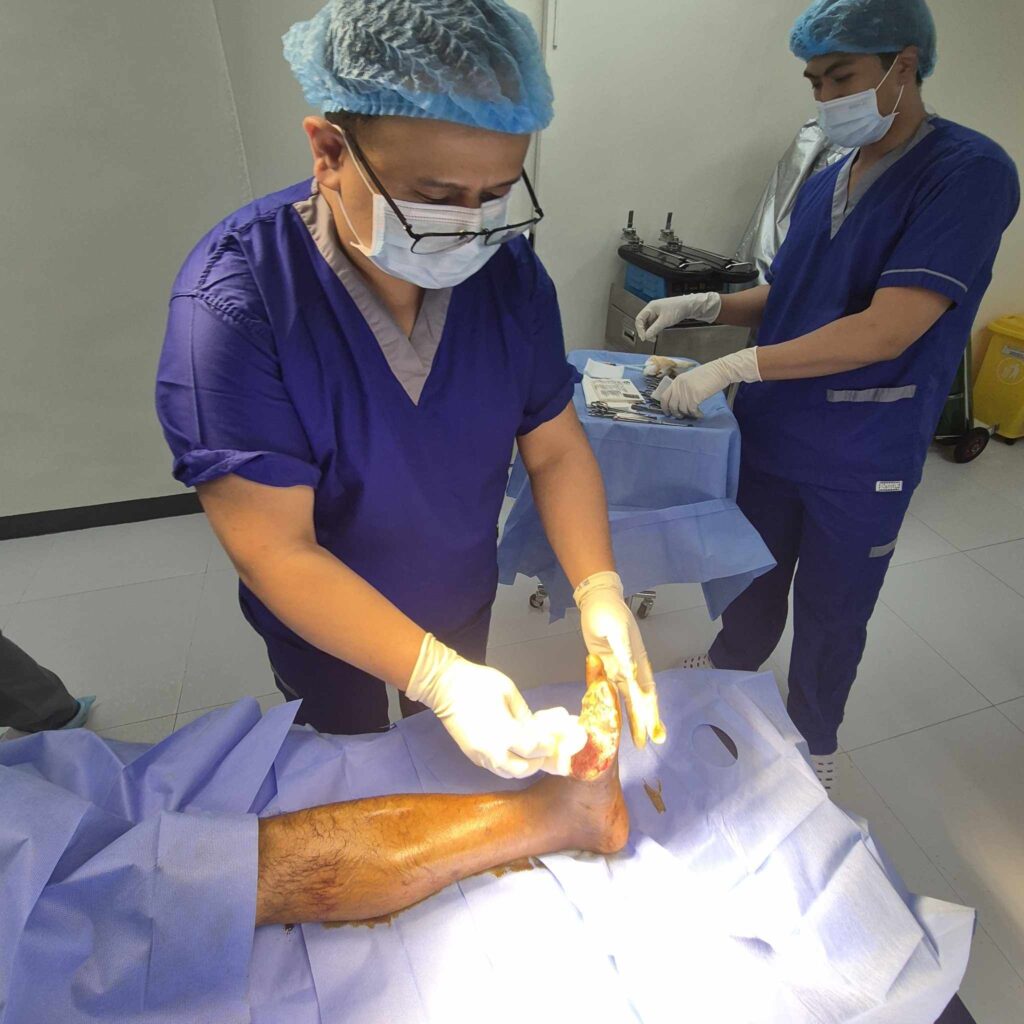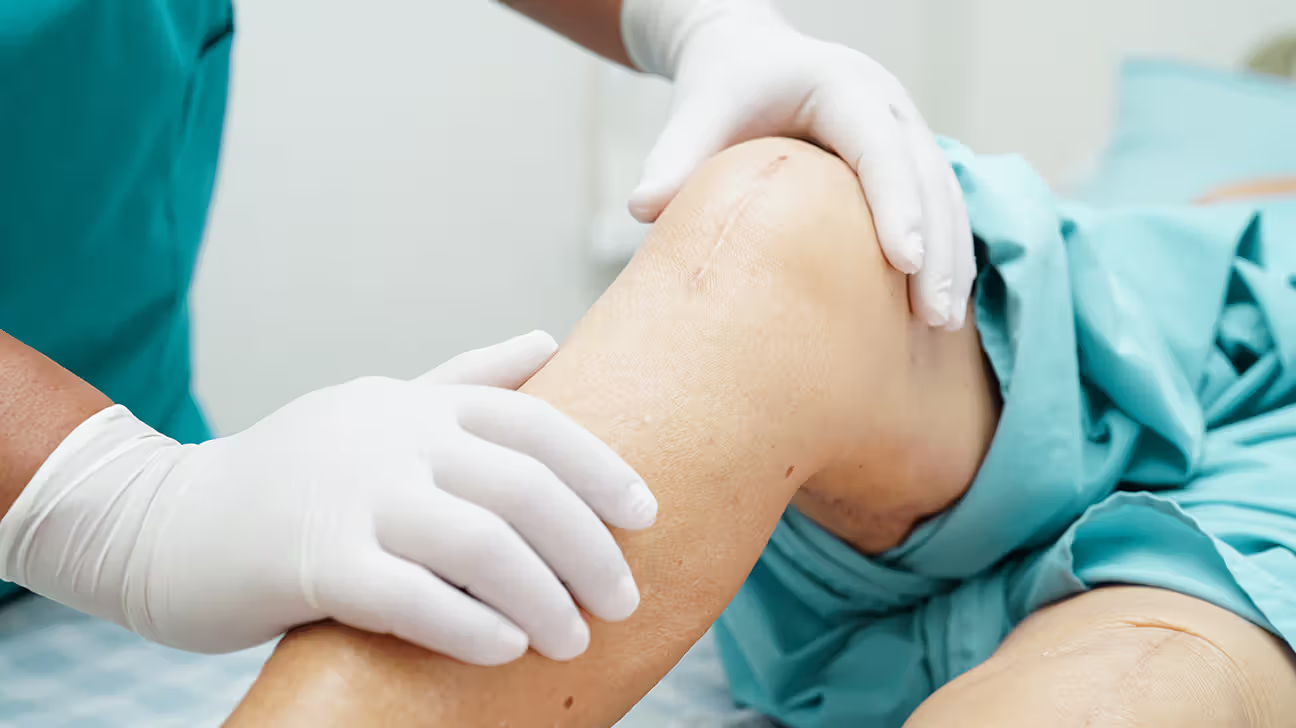The treatment of non healing wounds requires more than just basic cleaning and bandaging—it demands specialized strategies that promote faster healing while protecting the skin from further damage. One of the key elements in this process is the proper use of wound care dressings. At Kalingap Wound Care Clinic, advanced dressing techniques are part of every personalized care plan, ensuring patients recover faster and more comfortably with the highest level of skin protection.
Understanding Wound Care Dressings
Wound care dressings are vital in the treatment of non healing wounds. These dressings do more than cover injuries—they support healing, prevent infections, manage exudates, and create an optimal environment for tissue regeneration. Kalingap Wound Care Clinic uses a wide variety of dressings tailored to each patient’s wound type, severity, and healing stage, delivering safe and effective results through expert evaluation.
Types of Wound Dressings and Their Benefits
Several types of dressings are available for the treatment of non healing wounds, each with unique functions. Hydrocolloid dressings retain moisture, promoting faster healing. Foam dressings offer excellent absorption and cushioning, ideal for pressure sores. Alginate dressings manage high drainage wounds, while antimicrobial dressings prevent infection. Transparent film dressings allow visual monitoring while providing a strong barrier. At Kalingap Wound Care Clinic, these dressings are carefully selected based on clinical assessment to maximize healing speed and skin protection.
How Wound Dressings Accelerate Healing
Proper dressing selection plays a major role in the treatment of non healing wounds by maintaining a moist wound environment, which is essential for cell growth and repair. These dressings also minimize the frequency of dressing changes, reduce pain, and protect against external contamination. At Kalingap Wound Care Clinic, wound dressings are applied strategically to support granulation, prevent further trauma, and optimize the healing process from start to finish.
Skin Protection and Barrier Restoration
Protecting the surrounding skin is equally important in the treatment of non healing wounds. Quality dressings used by Kalingap Wound Care Clinic help restore the skin barrier, reduce friction, and protect fragile tissue from pressure and shear forces. This level of protection is crucial, especially for elderly or bedridden patients, as it prevents further complications and accelerates recovery.
Choosing the Right Dressing for Each Wound Type
Effective treatment of non healing wounds depends on choosing the right dressing for the specific wound type. Factors such as wound size, drainage level, infection risk, and anatomical location all affect the choice. Kalingap Wound Care Clinic specializes in precise wound evaluation and matching dressings to the unique needs of each patient, ensuring comfort, safety, and optimal healing outcomes.
Innovations in Wound Dressing Technology
The future of the treatment of non healing wounds is being shaped by dressing innovations. Smart dressings with sensors now monitor moisture levels and detect infection. Bioactive dressings infused with healing agents accelerate tissue repair. Kalingap Wound Care Clinic is committed to staying up-to-date with these technologies to provide cutting-edge care and support faster recovery using the latest in wound care advancements.
Takeaway
In the treatment of non healing wounds, choosing the right wound care dressing is critical for faster healing and skin protection. From infection control to tissue regeneration, dressings play an essential role in every phase of wound management. Kalingap Wound Care Clinic offers expertly guided dressing applications and advanced wound care strategies that deliver real results. For compassionate, effective, and personalized care, trust Kalingap Wound Care Clinic to provide the best solutions for healing even the most stubborn wounds.







